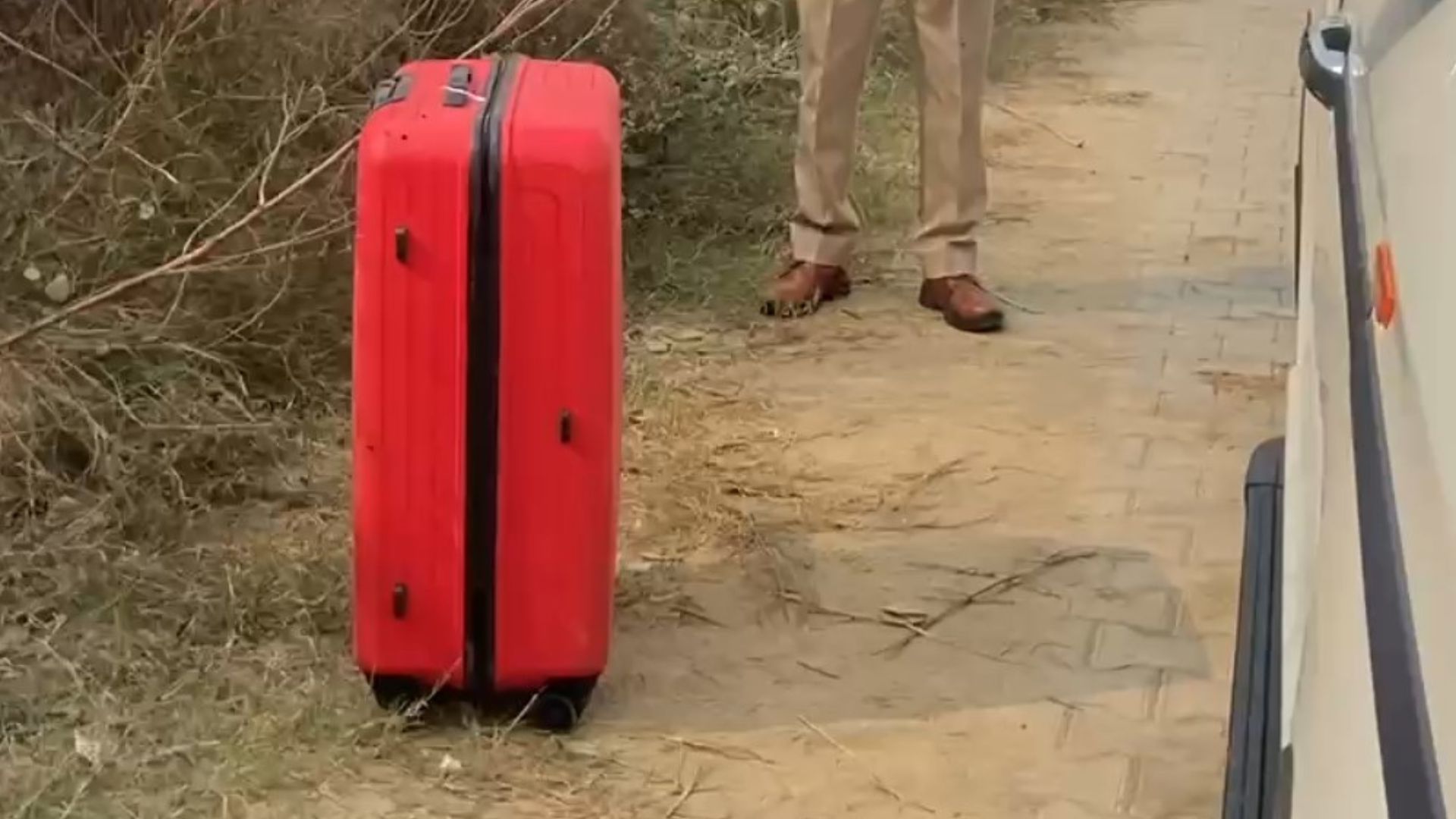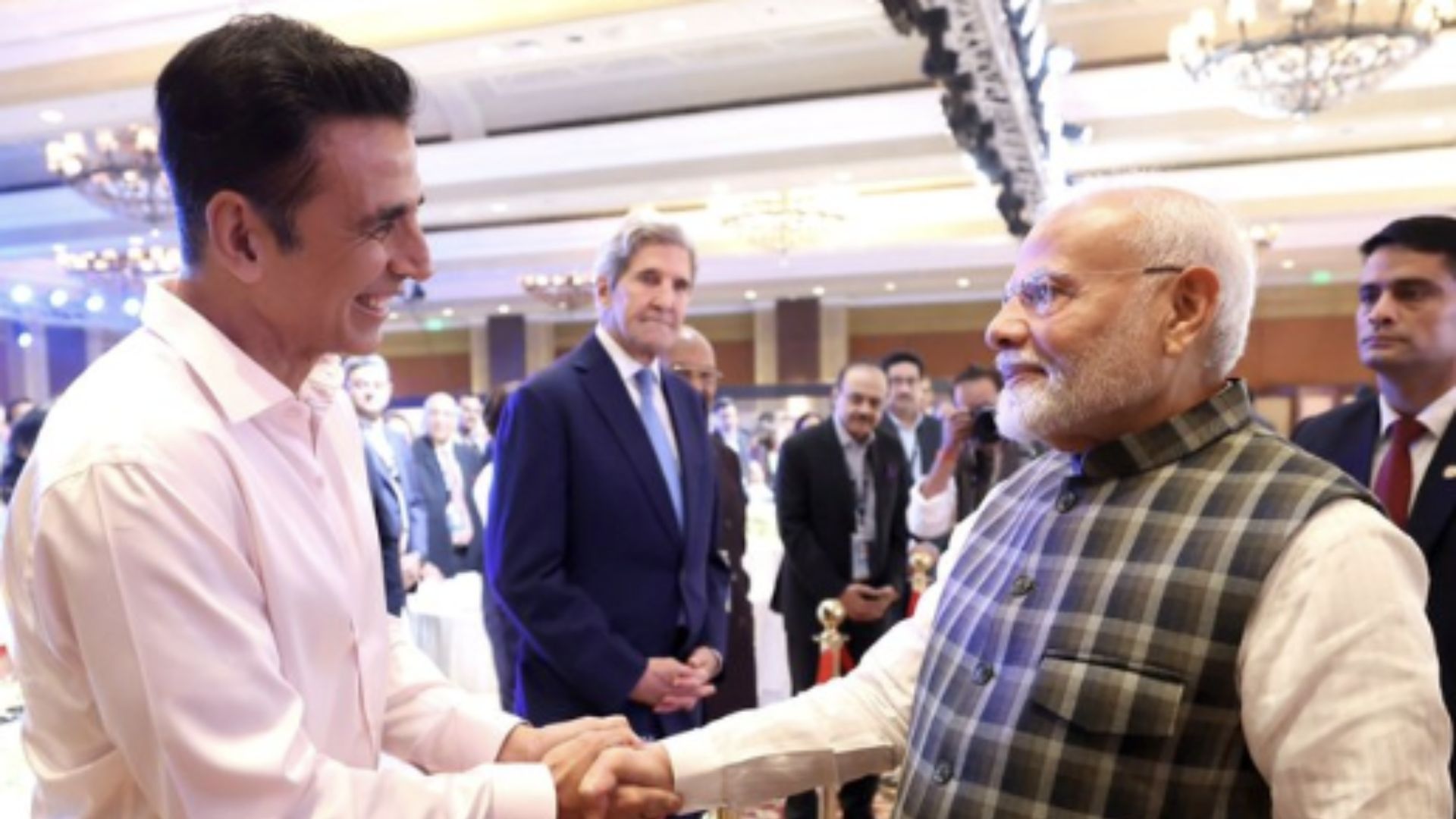
While the Covid-19 crisis has largely spared children from its devastating health effects, its impact on their education has been profound. The effects of school closures have been far-reaching, and for the most vulnerable children, the negative impacts will be lifelong.

 Composition of students who cannot be reached, by sex, household wealth, and area of residency, by country economic classification.
Composition of students who cannot be reached, by sex, household wealth, and area of residency, by country economic classification.

 A girl studying at home.
A girl studying at home.
The disruptions Covid have generated come with a steep cost. At present, 38 million children, worldwide, are entirely lacking schooling. Since the onset of the pandemic, children around the world have lost an estimated 1.8 trillion hours of in-person learning.
One hundred and thirty one million students ranging from pre-primary (ages 3 through 6) to upper secondary (ages 14 through 18) education in 11 countries fully missed at least three quarters of classroom instruction time from March 2020 to September 2021.
With these partial school closures and disruptions in home life, over 100 million additional children will fall below the minimum proficiency level in reading.
The losses in learning at a young age are far-reaching. They can easily result in falling behind in school, finding it difficult to ever catch up and affecting whether they continue their education. 11 million girls, an alarming figure, might not return to school, turning back decades of progress toward gender equality, and more so, putting girls at higher risk for adolescent pregnancy, early and forced marriage and violence. Seen through the lens of gender, the picture is more dire.
UNEVEN INTERNET ACCESS WORSENS EXISTING INEQUALITIES
When the Covid crisis arose and schools shuttered, governments across the world were, overall, responsive to the call for remote learning solutions. A range of means to teach children remotely arose, including TV, radio, recorded audio and videos, as well as live sessions on mobile.
However, 2.2 billion people (two in three children and young people aged 25 years or less) lack an internet connection at home. Internet coverage is alarmingly scarce in low-income countries: 6% coverage compared to 87% internet coverage in high-income countries. Globally, three out of four students who can’t be reached by remote learning opportunities come from rural areas and/or poor households which further exacerbates existing inequalities in access to education.
WHEN COUNTRIES FIND THEMSELVES UNPREPARED FOR REMOTE LEARNING
UNICEF recently shared a new composite indicator called The Remote Learning Readiness Index (RLRI) that measures countries’ readiness to deliver remote learning.
While countries such as the Philippines, Barbados and Argentina scored high marks on the RLRI index, more than 31 countries are unprepared to deploy remote learning during crisis times— that’s more than 200 million schoolchildren. The RLRI is also not a full picture and fails to measure challenges beyond its assessment. Poor access to connectivity has become a powerful barrier that prevents children and young people from accessing effective and interactive forms of learning and its effects are long-reaching.
IMPACTS BEYOND LEARNING
School closures impact children beyond their learning, targeting their mental health and well-being. A survey conducted by UNESCO revealed that children, worldwide, are struggling with social isolation, access to nutrition and a lack of physical exercise, all of which affect the child’s development.
THE STATE OF IMPACT ON INDIA
In India, Covid has most impacted the education of the rural and young. One in three children in classes I and II (grades 1 and 2) have never attended an in-person class during the pandemic, with the youngest learners having the “least access to technology,” according to the 2021 Annual Status of Education Report (ASER).
Almost one-third of all children in classes I and II did not have a smartphone available at home. Children living in rural and impoverished areas suffer even greater learning isolation.
Of 15 states and UTs, an August 2021 survey from the School Children’s Online and Offline Learning found that only 8% of rural children were studying online regularly. 37% were not studying at all. Nearly half of the children in the sample were illiterate. Two-thirds of the parents from the SCHOOL survey stated their children, unable to access schooling online, have fallen behind, with reading and writing skills in decline.
EDUCATION RECOVERY AND CAPACITY MUST BE A PRIORITY
As the pandemic continues to unravel, school closures and remote learning will remain a challenge, affecting a generation of children’s learning, development and well-being. Therefore, it’s critical to make education recovery a priority to avoid a generational catastrophe.
This won’t be the last global health crisis we face, so we must prioritise strengthening the resilience of education systems everywhere, starting with the countries most unprepared for mobile learning. Nations must build capacity to deliver quality education remotely, targeting vulnerable and marginalised children who are often overlooked.
To mobilise and support learning continuity, UNESCO has established the Global Education Coalition for the end goal of protecting the right to education.
We must build on lessons learned from this crisis with education worldwide, creating comprehensive preparedness plans and strong national infrastructure to deliver education through different modalities. Once the current crisis subsides, countries must continue to scale up distance learning and incorporate aspects into everyday schooling for all children and youth, so our transition into the next crisis is more seamless. Vigilance is—and will be—essential to prevent the learning of the most vulnerable from falling through the cracks during this present crisis and future ones.
Dr Ruma Bhargava is Lead Healthcare, World Economic Forum, Founder Samarpann.
Dr Megha Bhargava is Joint Commissioner, Income Tax, Ministry of Finance, Govt of India.













